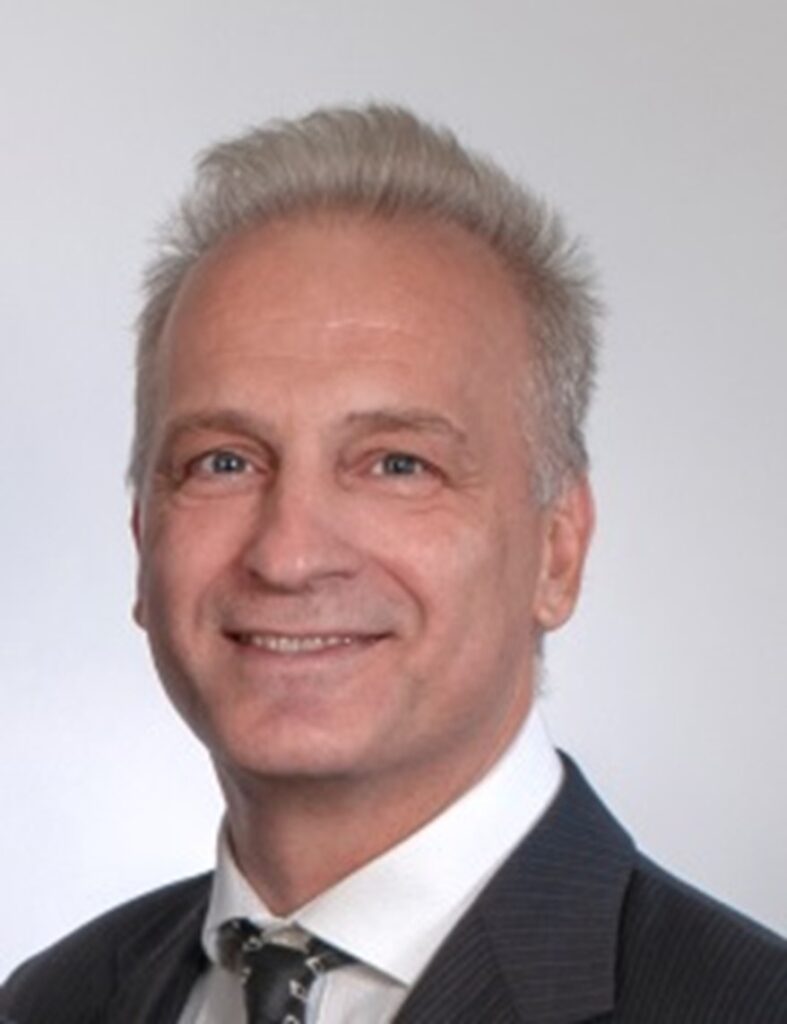
Theodore Eliades, DDS, MS, Dr Med Sci, PhD, DSc, FIMMM, FRSC, FInstP, FDSRCS(Ed)
Theodore Eliades graduated from the School of Dentistry, University of Athens, and completed his Orthodontic residency at the Ohio State University. He earned a Master of Science from Ohio State, a doctorate in medical sciences from the University of Athens, a PhD, and a Doctor of Science (DSc) degree, the first one awarded to an orthodontist in the UK, both from the University of Manchester. He has published 330 papers and 60 chapters, which have received over 20,000 citations and an h index of 80 (google scholar) and edited 14 textbooks. He is an elected Fellow of the Institute of Materials, Minerals and Mining, and the first dentist who was awarded the Fellowship grade of membership from both, the Royal Society of Chemistry, and the Institute of Physics (UK) and FDS of the Royal College of Surgeons (Ed). Prof. Eliades is the Editor of the European Journal of Orthodontics and has served as a member of the task Force for harmonization of postgraduate orthodontic education worldwide of the WFO, and the revised Erasmus guidelines committee for postgraduate orthodontic education in Europe. He has co-supervised and/or examined 50 Master’s and doctoral theses and taught his orthodontic biomaterials course to 23 postgraduate orthodontic programs in 14 countries on 4 continents; he was also the recipient of the 2024 EOS distinguished teacher award. His expertise is in the area of clinical aspects of materials application and treatment efficiency, biological properties of materials, dental hard tissues and bonding, retrieval analysis of biomedical materials and mechanics of materials and tissues. In 2002 he founded the Orthodontic Biomaterials Network (www.orthodontic-biomaterials.ch) a research network initiative comprised of European Universities and research centers from Switzerland, UK, Greece, and Germany.
Topic: Aligners: the pitfalls and challenges everybody (hopefully) knows and nobody talks about
The application of aligners in the clinical routine has followed the general pattern of introduction of new devices and materials in Orthodontics, which features a wide scale use prior to establishing evidence on their use. The challenges arising after the initial hype deal with inherent deficiency of PETG and polyurethane-based polymers to deliver moment-to-force ratios required in everyday practice (torque); reduced bending stiffness (levelling); and absence of a versatility element across the appliance as in the conventional bracket-archwire system. Challenges deal with the emphasis being directed to marketing and promotion of aligners with before-and-after type of case shows, a remnant of the typical introduction of materials in the 1970s, as opposed to fostering research and development and generation of data on the areas listed below:
- Absence of stiffness variants across the arch outside of the limited alteration of thickness;
- necessity of weekly change of aligners, owing to their lack of wide range of tooth movement, which increases attrition and wear for every new set resulting in parts of plastic ending in the GI tract;
- high force relaxation, typical for polymers of this type, which impacts on the efficiency to apply steady forces over the prescribed duration;
- release of biologically-active compounds including hydrolyzed constituents of composite attachments and/or aligner-deriving monomers; and
- release of micro- and nanoparticles arising from bringing together softer (aligners) and much harder materials (attachments).
The lecture provides a basis to address some of the foregoing issues by introducing a modification of the synthesis and fabrication of 3D-printed aligners, which would increase the crosslinking of the polymer, enhance the stiffness and hardness of selective areas of the arch, and reduce release.
